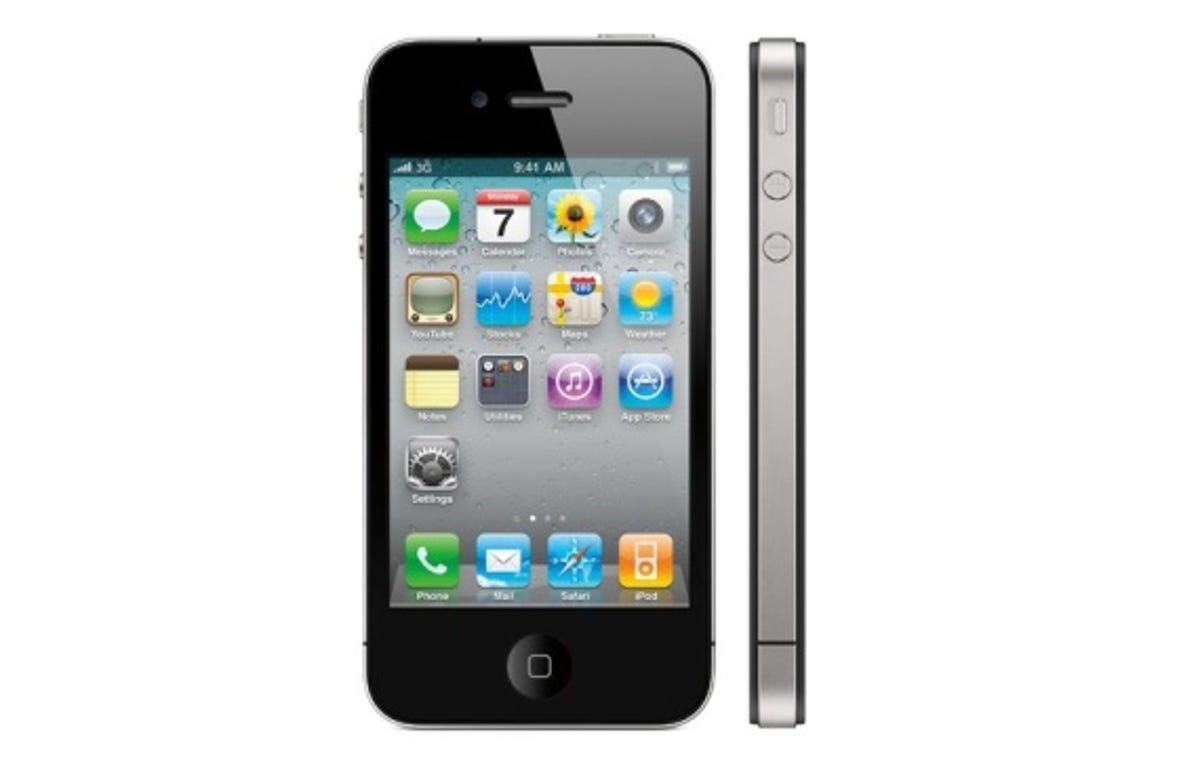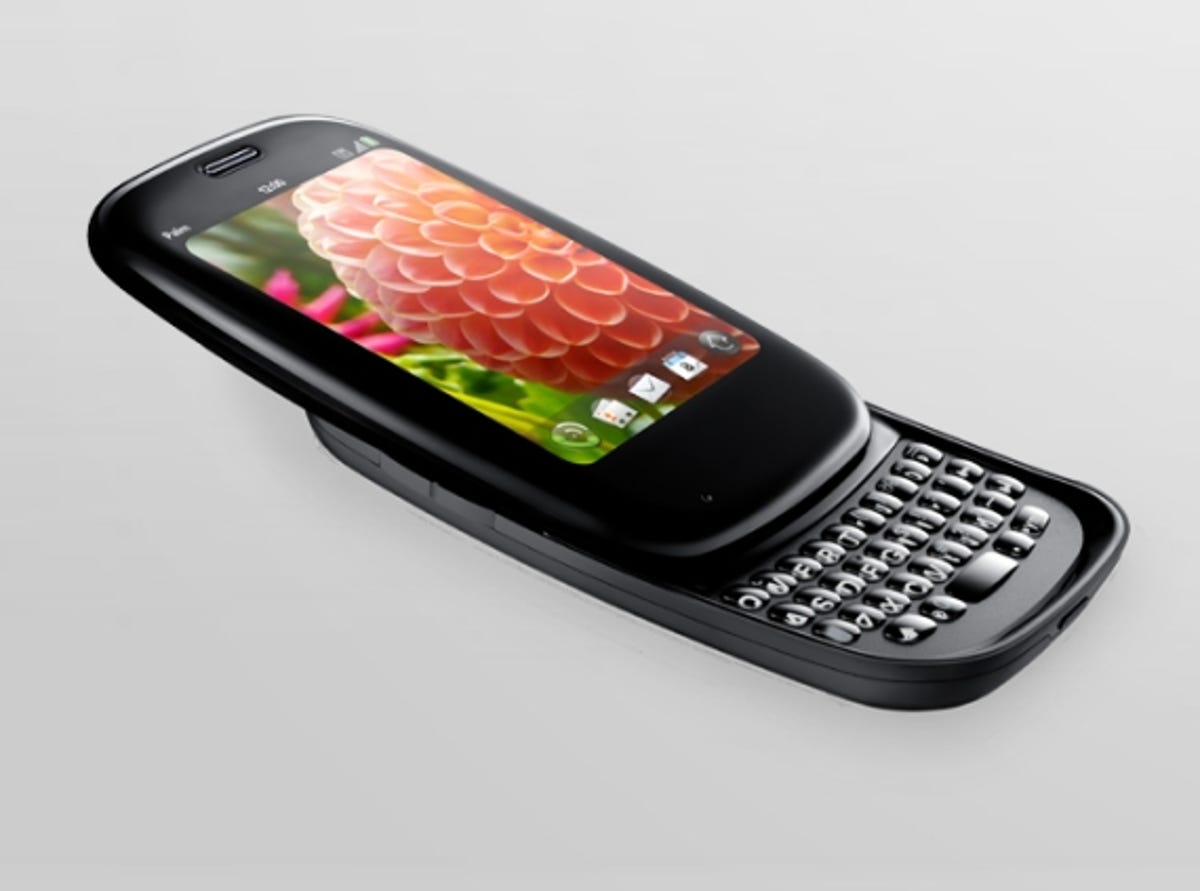
The BlackBerry Torch 9800 is RIM’s latest attempt at a touchscreen phone, but it’s got a lot of competition in the touchy-feely phone space. The iPhone 4 is the beast to beat, with the Samsung Galaxy S as a rising star. Meanwhile, the Motorola Milestone and the Palm Pre Plus rock the full Qwerty keyboard that BlackBerry fans might be looking for.
We’ve thrown the Torch into the ring with the smart phone heavyweights to see whether it comes out on top — or even comes out alive. This is just a sneak peak at the phones’ comparative strengths and weaknesses, so check out the full reviews for each phone for the in-depth analysis of each one.
BlackBerry Torch 9800


BlackBerry has wisely ditched the clicky SurePress screen that it invented for the BlackBerry Storm — it was innovative, but no one wanted it. Instead, the company has gone with a standard capacitive touchscreen for the Torch, along with the Qwerty keyboard that that the Storm lacked.
That makes the Torch into the touchscreen BlackBerry that we’ve all been waiting for — hopefully, it will have the advantages of a touchscreen without ditching the speed writing that BlackBerry is rightly famous for.
Notorious BIG BlackBerry
We haven’t had a chance to turn on the Torch for a full review yet, but we have taken it for a first test drive — check out our hands-on photos and preview if you want to see more. As you can see, at 14mm thick and 61mm wide, this beast is big. But so are most BlackBerries, and the size means that you get a large 81mm (3.2-inch) screen and a spacious keyboard.
The Torch is also the first Berry to sport the latest version of the BlackBerry OS (version 6), which means a totally refreshed user interface. It’s an overdue update, complete with a zippy sliding home screen area where you can add shortcuts to your favourite apps, contacts and files. BlackBerry has also beefed up its social networking chops with a combined inbox for all your Facebook, Twitter and RSS feeds.
A lot to live up to
BlackBerry left its loyal users disappointed with its previous forays into touchscreen territory. It says that it’s learned from past mistakes, and that the new OS will be more touch-friendly than the one we saw stuck on the Storm. But it’s got two strikes already, from the Storm and the Storm 2, so it’s got to get this one right.
For more, read our BlackBerry Torch 9800 preview.
Apple iPhone 4


The iPhone 4 jazzed up the world’s best smart phone, the iPhone 3GS, with a gorgeous high-resolution screen and a buffed-up camera. But it’s been a rocky ride for the current king of touchscreen phones, thanks to a dodgy antenna that’s embarrassed Apple.
Touchy-feely fun
The iPhone became the model that launched a thousand imitators because of its responsive screen and a fun, simple user interface that made it a pleasure to use. The iPhone 4 keeps the ball rolling with an update to the iPhone OS which adds video calling, basic multitasking and the ability to customise your home screen with wallpaper and folders of apps. But the iPhone 3GS got the same software update, so except for the high-res screen and improved camera, the iPhone 4 isn’t a massive improvement.
As for typing, the iPhone 4, doesn’t have a physical keyboard, but its virtual keyboard is one of the best in the business.
Antenna anxiety
The iPhone has never been much good at making phonecalls — that’s why we called the iPhone 3GS the worst phone in the world. But the iPhone 4 has been battered with accusations that the new external antenna drops signal if you hold it — and a giant like the iPhone has a long way to fall. Apple admits the problem and offers a free case, but the damage is done to a phone that should have been the jewel in the company’s crown.
BlackBerries may tend towards the boring side, but they’re nothing if not reliable. RIM’s push email system is reliable and we haven’t heard any of the same complaints about dropped calls from BlackBerry users.
For more, read our full iPhone 4 review.
Samsung Galaxy S


The hottest up-and-comer to use Google’s Android operating system, the Samsung Galaxy S sports the only screen that can stand up to the iPhone 4s.
Dream screen
The Galaxy S’s screen is a 102mm (4-inch) behemoth. It’s the Super AMOLED type, which means it’s insanely bright with saturated colours, but it’s not as reflective as regular AMOLED screens like the one on the HTC Legend. Despite its size, the Galaxy S feels shockingly light at 119g.
The phone also benefits from Google’s Android operating system, which is getting better with each iteration. Features such as easy tethering mean that Android can go blow-for-blow with the BlackBerry Torch in terms of power. And the Android app market is fuller than BlackBerry’s although it’s still not as well-stocked as the iPhone’s.
A final treat for typists is the Swype keyboard, which makes using an on-screen keyboard fast and fabulous.
Google wants you
The easiest way to handle email on the Galaxy S is by diving headfirst into Google’s Gmail system. Similarly, maps, calendars and contacts all work best when you use Google’s offerings. That can be a pain of you’re not a Google fan, but you’re not locked in to it. BlackBerry is much stricter about where you get your mail — you must have a BlackBerry contract to even use a Berry, because everything is sent through the company’s own secure servers.
Unfortunately, Samsung has slapped a some of its own customisations on the Android software. Although some of the added features are useful, this has two big drawbacks — the software is slow and flaky at times, and you’re not likely to get future Android updates quickly because the software has been heavily customised by Samsung.
For more, read our full Samsung Galaxy S review here.
Motorola Milestone XT720


If you’re considering the Torch for its keyboard, you should take a look at the Motorola Milestone. But the Milestone has slimmed down in its latest incarnation, the Milestone XT720, and ditched the keyboard.
Purely Android
The Milestone XT720 features a less-customised version of Google’s Android operating system, which should make it ripe for prompt updates — although the original Motorola Milestone is still waiting for a refresh to Android 2.2. But just like the Galaxy S, Android gives the Milestone XT720 plenty of features, including great Gmail support. However, if you use multiple email accounts, you might miss the integrated inbox offered by the BlackBerry.
Media maven
The Milestone XT720 is the first Android smart phone to offer a Xenon flash — combined with an 8-megapixel camera, that makes it a likely winner for photo fans. Compared to the Torch’s 5-megapixel camera and LED photo light, the XT720 has the edge. It also shoots video at 720p HD resolution and 24fps, which trounces the Torch’s VGA video recording option.
For more, read our Motorola Milestone XT720 preview.
Palm Pre Plus


The Palm Pre Plus is a slightly improved Palm Pre, and it’s one of the few phones other than the Torch to have a full Qwerty keyboard and a touchscreen.
Sleek and smooth
The Palm Pre Plus is a sleek black pebble of a phone, although the Palm Pre struggled with build quality issues. It has a useful and fun touch-sensitive space under the screen where you can make gestures to control the phone. The Torch offers a similar treat with the optical trackpad under its screen, but the Pre wins for style.
Its user interface is similarly glossy, and like the BlackBerry, it handles email beautifully. The Palm Pre’s keyboard is a lot smaller than the BlackBerry’s, but we enjoyed using its rubbery keys.
Chasing the pack
The shelves in the Palm app store are even more bare than BlackBerry’s, and since the phone wasn’t a huge hit in the UK, it’s unlikely that we’ll see much growth, especially in UK-centric apps. And it’s tough to get excited about a phone that not many people have, since you don’t get the fun of sharing apps and features.
The Pre’s achilles heel is its battery life, which is diabolical. Most smart phones guzzle battery, but the Pre is the thirstiest we’ve used. Palm offers an inductive charger that makes charging easy, but running out of juice is still a major issue.
For more, read our full Palm Pre Plus review.
Winner
The BlackBerry Torch’s OS update has freshed up the user interface, but the phone isn’t the sexiest-looking beast. For games and usability, the iPhone still comes out on top. But if you’re anxious about missing calls and you like to treat your phone rough with no case, we think the Torch is likely to be a better bet.
The Galaxy S packs a huge screen into a sleek and light case, so if weight is a worry, it’s a good choice. If apps are your addiction, the Android Market offers more than BlackBerry — although the iPhone is the app champion. But the BlackBerry’s reputation for reliability is its strength again, since the Galaxy S’s software remains rough around the edges. That assumes that the update to the BlackBerry OS is as solid as we hope, which we’ll be testing in our full review.
The Motorola Milestone XT720 has ditched the original Milestone’s keyboard, so if that’s a dealbreaker then it’s not for you. But if you’re more into shooting photos and video than writing your next novel, the XT720 extinguishes the Torch.
The Pre Plus does offer a Qwerty keyboard, and looks good doing it. But the paltry Palm app store and short battery life can cut your enjoyment short. Yet again, we think the Torch loses out on style, and we’ll have to see how its battery holds up to real-world testing during our full review. But if you hang with a group of BlackBerry addicts — and there are plenty out there — then the Torch offers more fun than the Pre, because you can share apps and use BlackBerry messenger to send free texts to other Berries.
Stay tuned for our full review of the BlackBerry Torch, when we’ll see how it stands up to the rest of the pack after serious testing. In the meantime, we think that it has the potential to perk up BlackBerry’s touchscreen reputation, and more than enough features to play in the big leagues. Whether it can score a home run remains to be seen.



